Watering after planting
tim45z10
9 years ago
Related Stories

GARDENING GUIDESGreat Design Plant: Anemone Canadensis Adds Pizzazz to Water’s Edges
Plant Canadian anemone along pond, lake or stream edges for a splash of white flowers in late spring
Full Story
CONTAINER GARDENSContainer Garden Basics: How and When to Water Potted Plants
Confused about soil moisture, the best time to water and what watering device to use? This guide can help
Full Story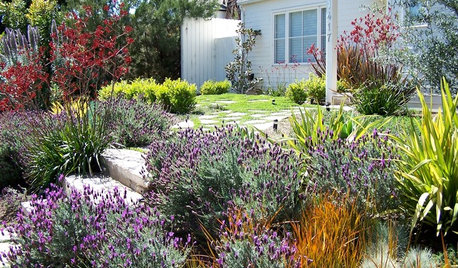
SAVING WATERGreat Plants for Lush, Low-Water Gardens
Water restrictions making your garden look washed out? Give it living color with unthirsty grasses, flowers and succulents
Full Story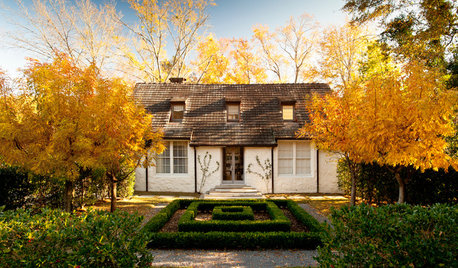
GARDENING GUIDES6 Plants for Colorful Fall Foliage in the Water-Wise Western Garden
Try these colorful, drought-tolerant additions to your garden for a fall season filled with color
Full Story
DISASTER PREP & RECOVERYRemodeling After Water Damage: Tips From a Homeowner Who Did It
Learn the crucial steps and coping mechanisms that can help when flooding strikes your home
Full Story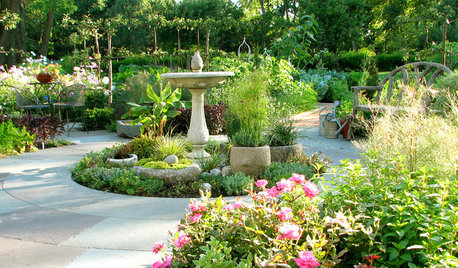
GARDENING GUIDESAfter-Summer Care for a Fabulous Fall Garden
Cleaning out stragglers and taking time to assess will keep your garden thriving all through autumn
Full Story
FRONT YARD IDEASBefore and After: Front Lawn to Prairie Garden
How they did it: Homeowners create a plan, stick to it and keep the neighbors (and wildlife) in mind
Full Story
MOST POPULARWhat to Do After a Hurricane or Flood
How you treat your home after a natural disaster can make all the difference in its future livability — and your own personal safety
Full Story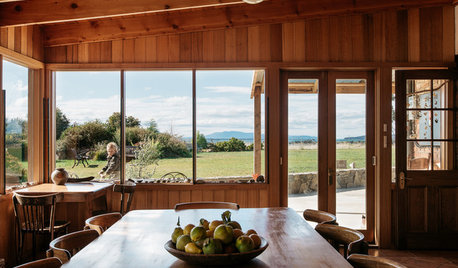
HOMES AROUND THE WORLDThe Great Escape: Family Rebuilds After a Devastating Wildfire
Tim and Tammy Holmes survived the 2013 Tasmanian bushfires but lost their home. See how they’ve started over
Full Story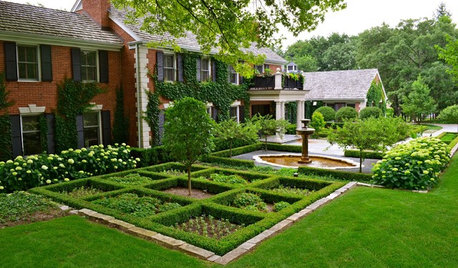
GARDENING GUIDESBoxwood: Still Shape-Shifting After 350 Years
Wild or mild, the humble boxwood still brings style and order to all kinds of gardens
Full StoryMore Discussions








jean001a
tim45z10Original Author
Related Professionals
Kyle Landscape Architects & Landscape Designers · Piqua Landscape Architects & Landscape Designers · McKinney Landscape Contractors · Waterbury Landscape Contractors · Bedford Landscape Contractors · Deerfield Beach Landscape Contractors · Fair Lawn Landscape Contractors · Fort Hunt Landscape Contractors · Las Vegas Landscape Contractors · Lynwood Landscape Contractors · Rio Linda Landscape Contractors · Salmon Creek Landscape Contractors · Secaucus Landscape Contractors · Wareham Landscape Contractors · Hueytown Landscape Contractorsalan haigh
drew51 SE MI Z5b/6a
alan haigh
fruitnut Z7 4500ft SW TX
RedSun (Zone 6, NJ)
drew51 SE MI Z5b/6a
insteng
alan haigh
fruitnut Z7 4500ft SW TX
ken_adrian Adrian MI cold Z5
fruitnut Z7 4500ft SW TX
MrClint
alan haigh
john222-gg
alan haigh
drew51 SE MI Z5b/6a
drew51 SE MI Z5b/6a
zendog
olpea
RedSun (Zone 6, NJ)
drew51 SE MI Z5b/6a
tete_a_tete
alan haigh
Chris-7b-GA
alan haigh
murkwell
tim45z10Original Author
appleseed70
alan haigh
alan haigh
Chris-7b-GA
alan haigh
olpea
drew51 SE MI Z5b/6a
northwoodswis4
alan haigh
drew51 SE MI Z5b/6a
olpea